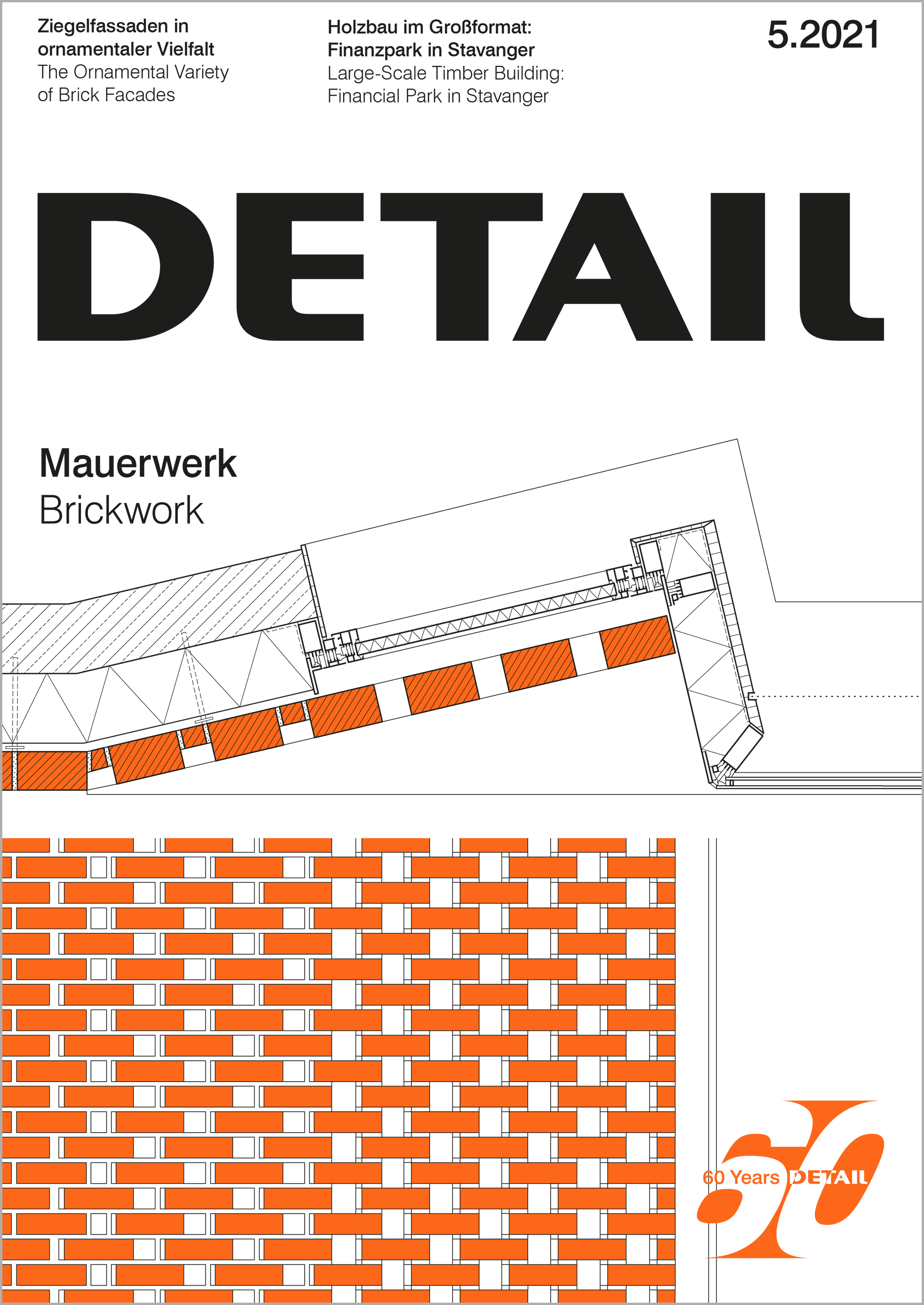Brickwork

Brick facades have been built for millennia. Their architectural value, however, has altered throughout time and from region to region. In brick gothic they reached their peak, in Berlin in the 18th century they were hidden behind natural stone and plaster siding for prestigious projects. In the first large-scale stone-walled factories in northern England, Karlfriedrich Schenkel represented the epitome of modern architecture by unifying building envelope and construction. Since classic modernity, however, progress is seen as function separation of frame construction and light, transparent building envelopes – brickwork is associated more with a sense of tradition and fine workmanship.
This makes it all the more surprising that architects have recently been rediscovering the qualities of large-scale brick walls. The reason for this is often the context: the Columba Museum by Peter Zumthor, the Neues Museum by David Chipperfield, a library by Bruno, Fioretti Marquez or the future extension to the Tate Modern in London by Herzog & de Meuron are all near historic brick architecture or on old brick foundations.
While the attraction of exposed brickwork often lies in its sensual, archaic appearance, its construction is not always easy. In certain ways it can be compared to a virtuoso stage performance by a group of artists. What looks so obvious and simple is only achievable with a degree of imagination, a good team and sometimes even complex technology.
